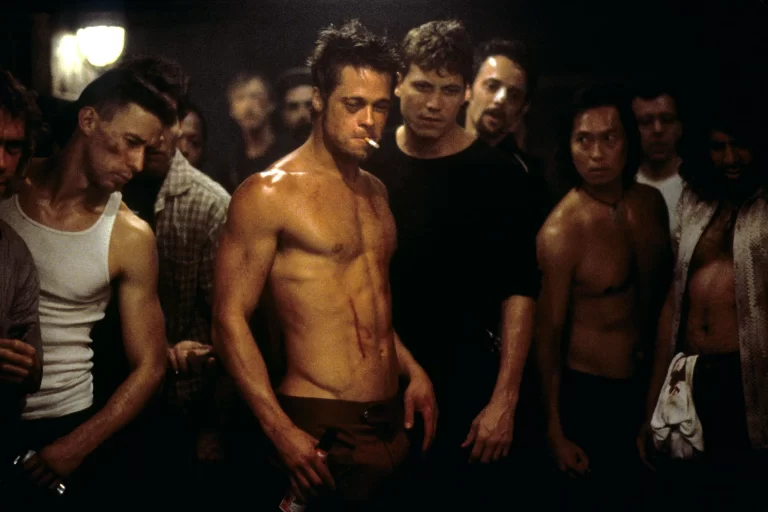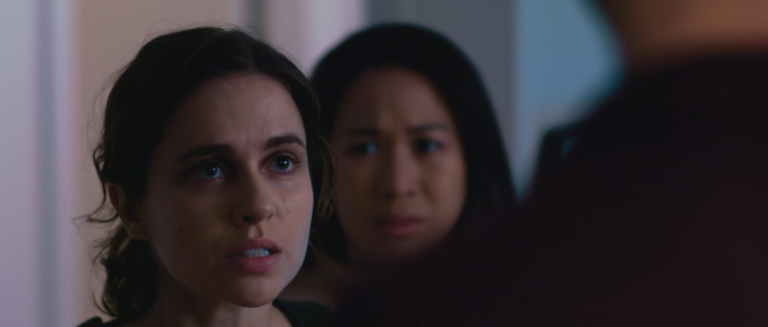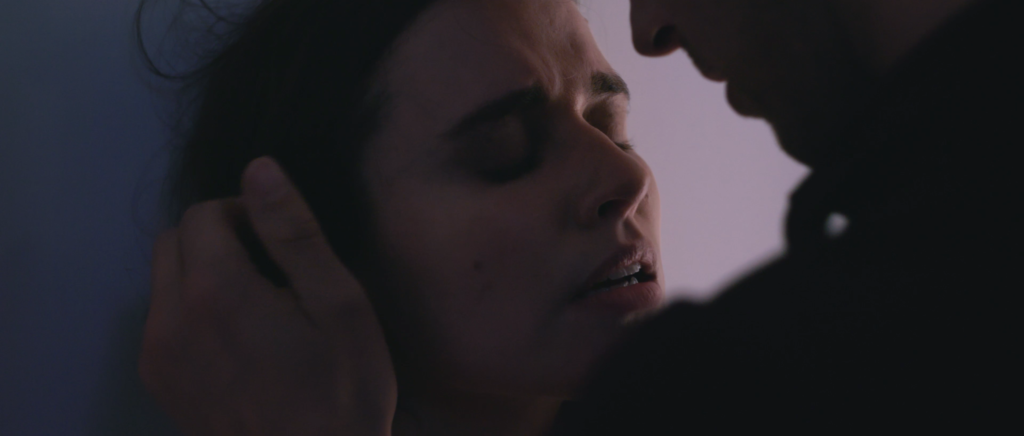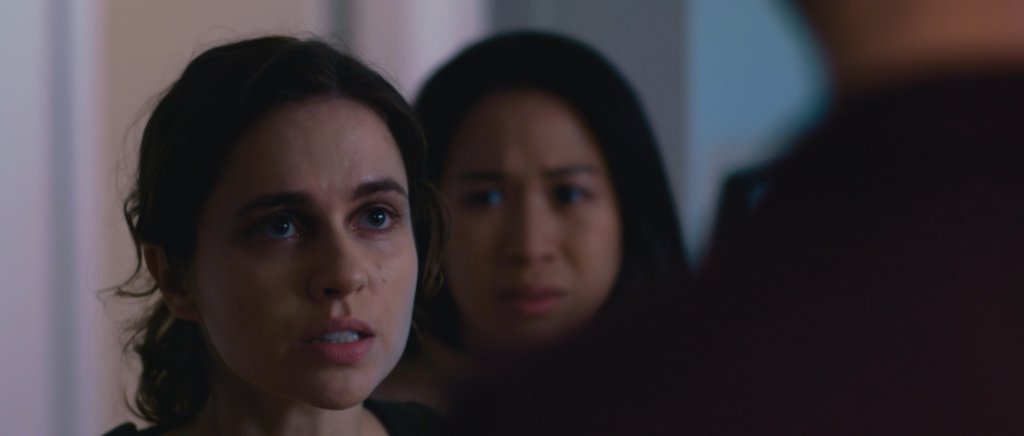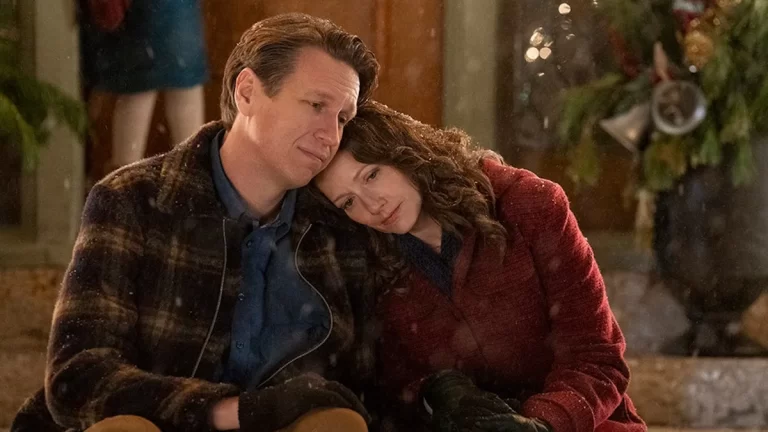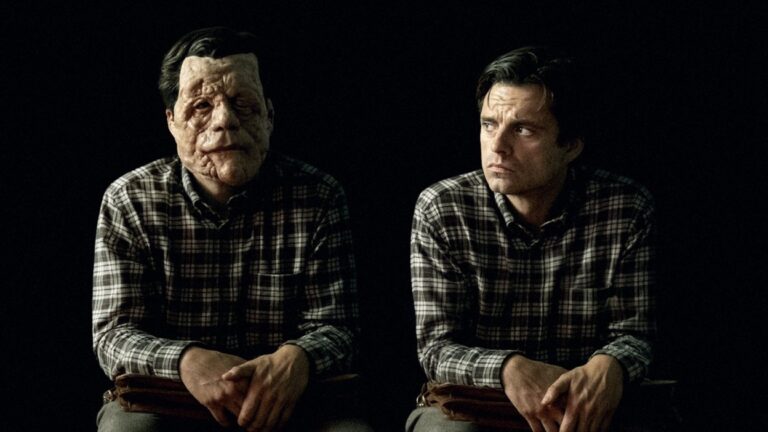Director: Gints Zilbalodis
Writers: Gints Zilbalodis, Matīss Kaž
Synopsis: Cat is a solitary animal, but as its home is devastated by a great flood, he finds refuge on a boat populated by various species, and will have to team up with them despite their differences.
Throughout my writings on cinema, I’ve always said that images are far more important than dialogue. Usually, when people remember a powerful line of dialogue spoken by an actor, it’s always accompanied by a strong image. It’s what supports it. Not how the actor delivers the line, but the image. And I’m not the only one who seems to think this. Director Denis Villeneuve controversially said the same earlier this year, stating, “Frankly, I hate dialogue. Dialogue is for theatre and television. I don’t remember movies because of a good line, I remember movies because of a strong image. I’m not interested in dialogue at all. Pure image and sound, that is the power of cinema, but it is something not obvious when you watch movies today. Movies have been corrupted by television.”
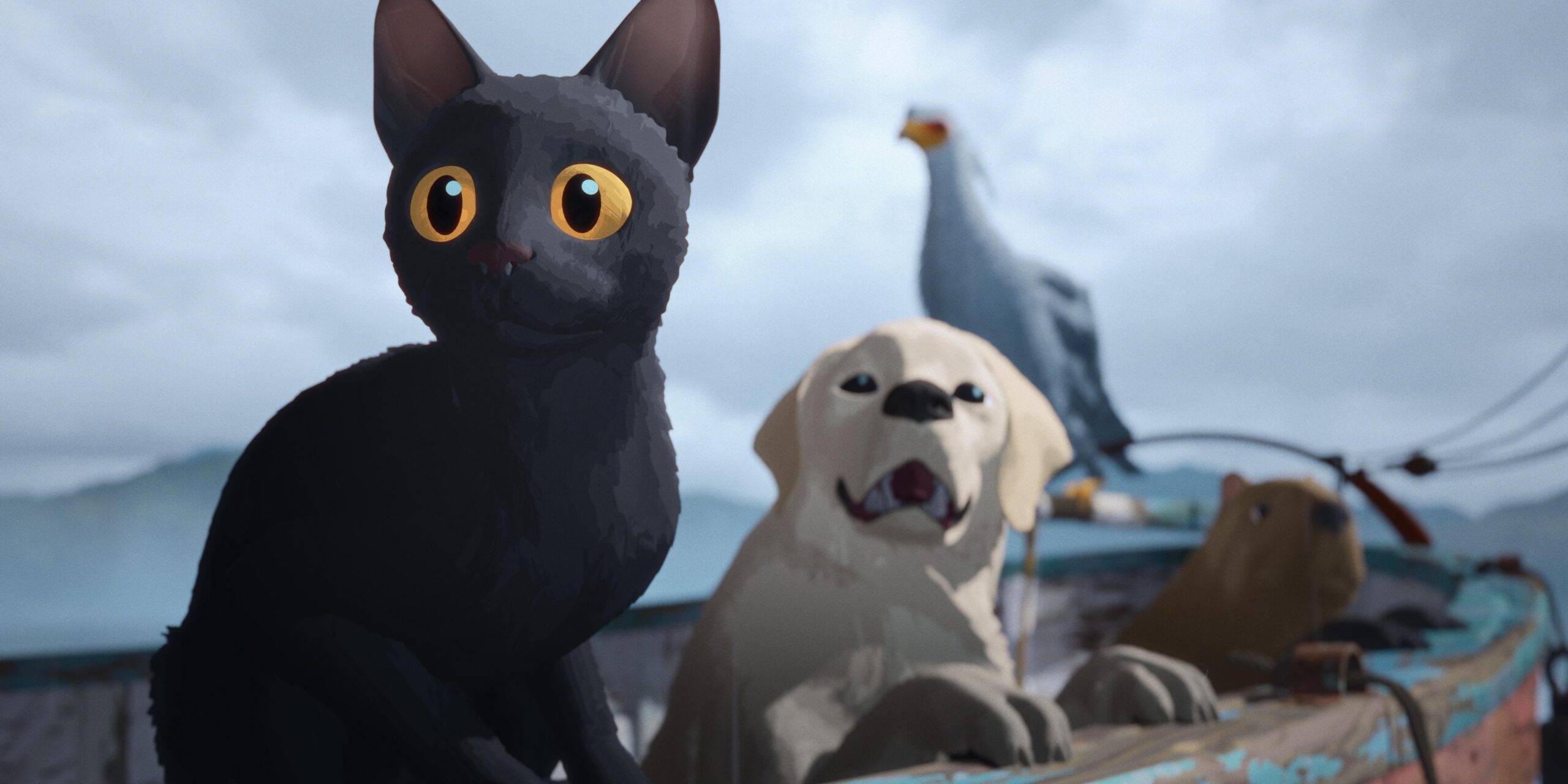
He’s right, by the way. Image and sound-making are sparse in the televised-driven cinema we currently have, and it’s a rare feat when a filmmaker releases a movie solely driven on its visual/aural storytelling. John Woo did so with his incredible Silent Night last year, and now we have Gints Zilbalodis giving us an animated visual story with Flow (Straume). Told without dialogue and entirely reliant on its images, the story is one of great importance. It raises awareness of the climate cataclysm coming our way if none of us change course. Sadly, with the election of climate-denying politicians, it seems that we’re very well on this way!
It also doesn’t patronize, but shows how bad it will get not only for humans, who seemingly don’t exist in the world Gilbalodis paints, but for nature’s balance. It puts a black cat in the middle of a disastrous flood that wipes out most of the environment he lives in, forcing him to team up with many animals, including dogs, lemurs, capybaras, and eventually secretarybirds. What’s most compelling about Zilbalodis’ film in its first half is how it introduces a clear rivalry between animals – dogs and cats being the most classic of all. In fact, Zilbalodis introduces them fighting over a fish until the flood occurs, leading to them putting their differences aside.
The way communication is captured between the animals is also impressive. Zilbalodis never judges the characters he depicts within his entirely virtual world, but empathizes with them as they are forced to work together in the hopes of finding another place to live that isn’t submerged by water. But everywhere they go, waters have risen to unlivable heights. This is all deftly shown through its striking visuals, rendered on the free (and fun) software Blender.
If you’ve ever worked on such a platform, you’d think that Zilbalodis used something else to give this film its look. But he didn’t. As a technical achievement alone, Flow showcases the bountiful opportunities free software like Blender can bring if we dream big enough. Zilbalodis has undoubtedly pushed the boundaries for what’s possible to capture, animate, and render in such a platform, and he deserves all the commendations he’s been getting in that regard.
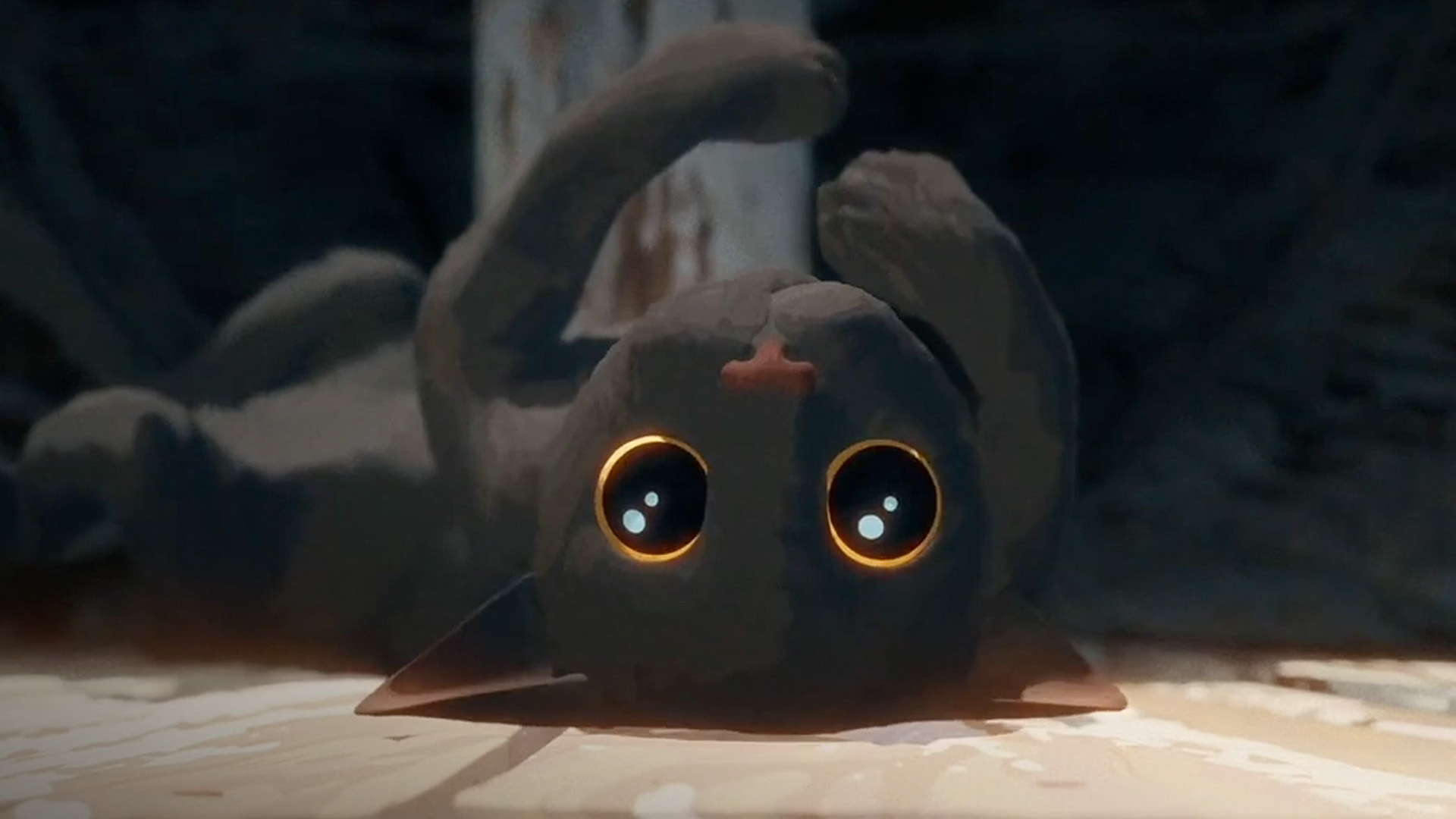
And yet, there’s something so plastic about Flow that one can’t help but feel distanced from everything occurring on screen, even if it is consistently visually arresting, contains soothing music, and its sound design envelops us in its wholly imaginative world. As much as I was always compelled to see what would happen next and would gasp in horror every time the film’s cat would go into the water (because he can’t swim!), I also felt that its structural approach seemed more like an elongated quick-time event cutscene than an actual visual story.
I was waiting for button icons to appear on screen every time Zilbalodis would wait for a few milliseconds before a character completed an action, almost as if a Flow video game was in the works. Usually, I try not to compare apples to oranges. Still, it isn’t hard to make that contrast when Zilbalodis renders his entire movie on a software also used for game development. This, unfortunately, makes Flow feel a tad emotionless. The animals do have differences in how they speak to each other, which makes this wholly imaginative world lived-in and authentic, but they feel more like commands than characters imbued by true feeling, as illustrated in Chris Sanders’ wonderful The Wild Robot.

The world of that movie was all synthetic, but we’re eventually bought into its impeccably crafted, lustful animation by a camera that’s always in proximity to the animals (and robot) it humanizes. While the animals in Flow certainly have some qualities that distinguish them from each other, they don’t feel fully realized. Sure, some impressively jaw-dropping sequences make us care about the group, but I’d be lying if I said my investment in the proceedings was at a maximum. I always felt emotionally distant from what was on screen, even if Zilbalodis drew a decent enough technical exercise.
But the technical exercise isn’t enough for me to give the movie the flowers most gave it. Of course, it is a reminder that images trump dialogue all day, every day. But the images must be filled with immense emotion for our senses to be so overwhelmed by what we’re watching that we always look at things to draw from the frames. Unfortunately for Zilbalodis, this is never the case with Flow, as breezy and crowd-pleasing a watch as it is. It may go all the way at this year’s Oscars, which honestly wouldn’t be a terrible choice, even if an animated movie like SPY x FAMILY: Code – White deserves far more attention – and accolades – than it had upon its release.




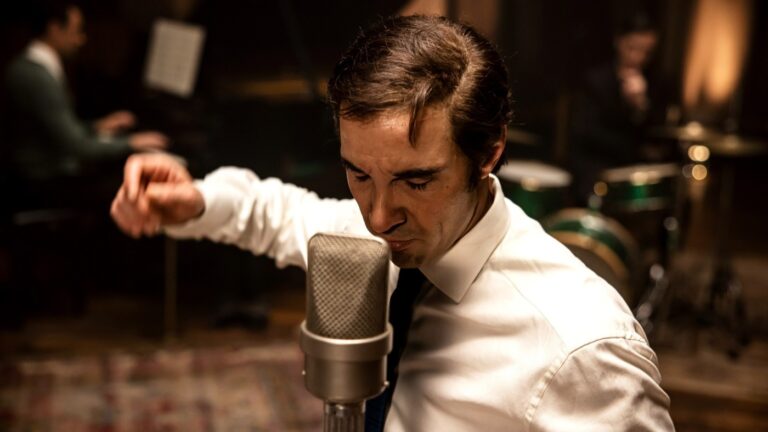


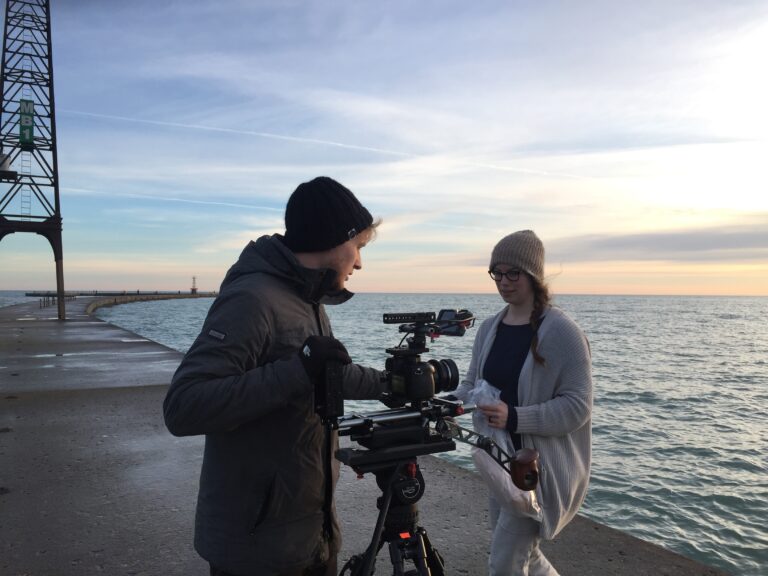
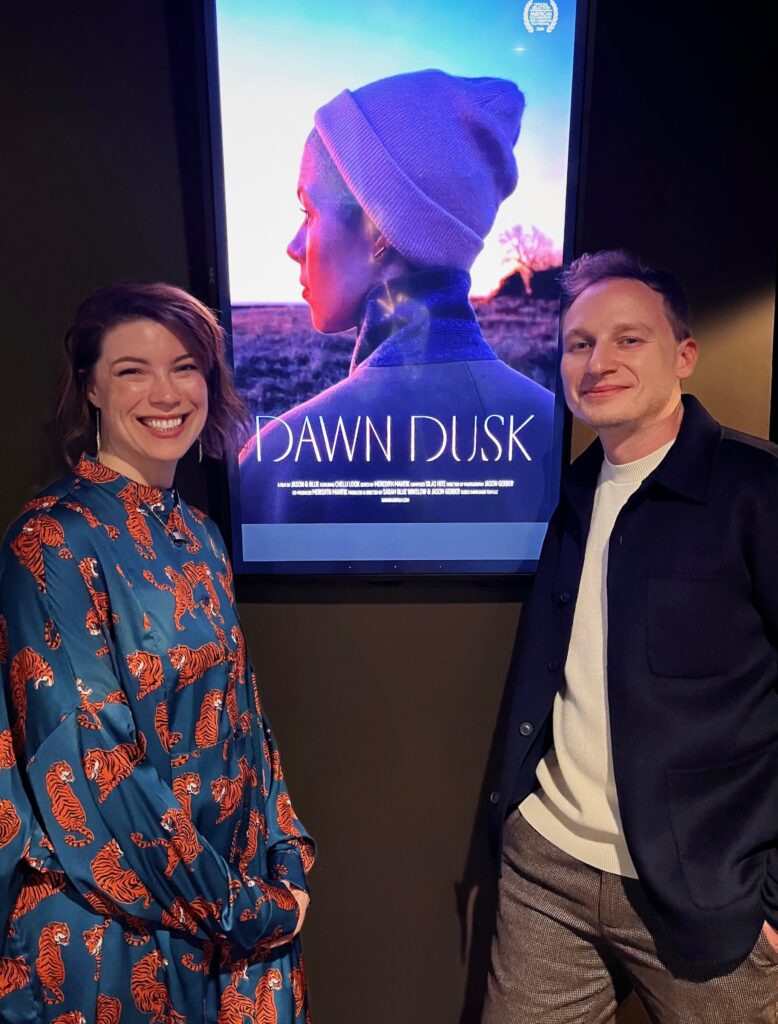
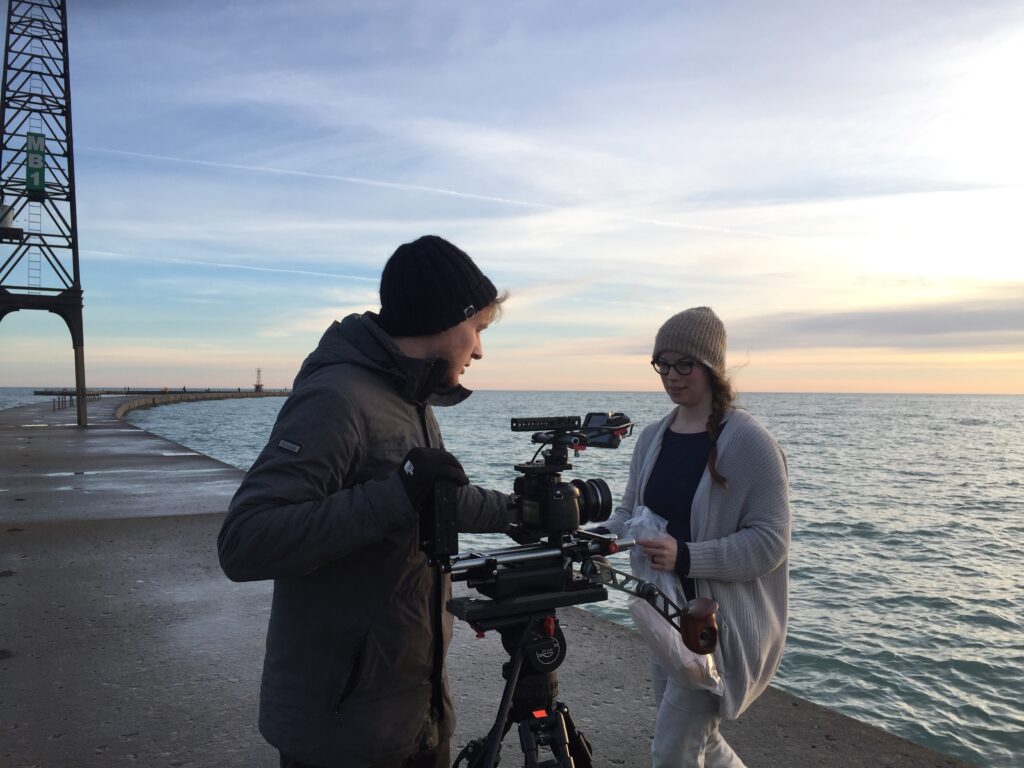

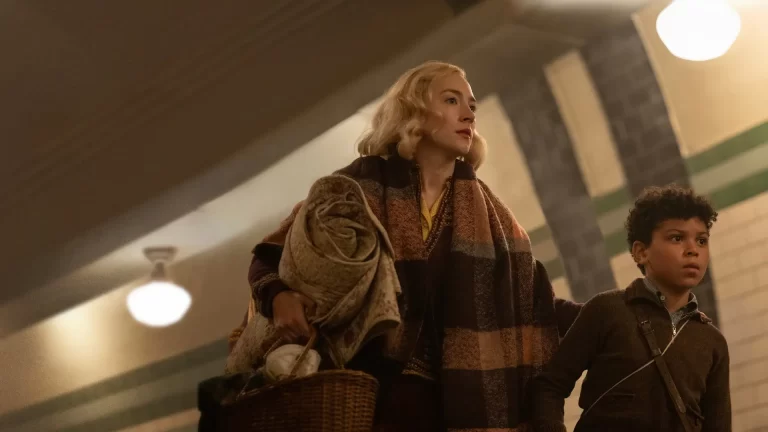
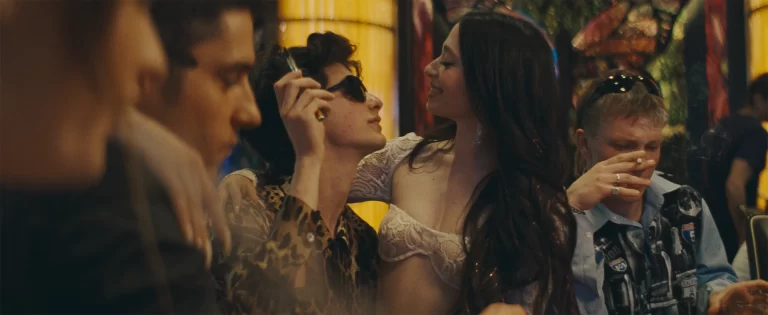
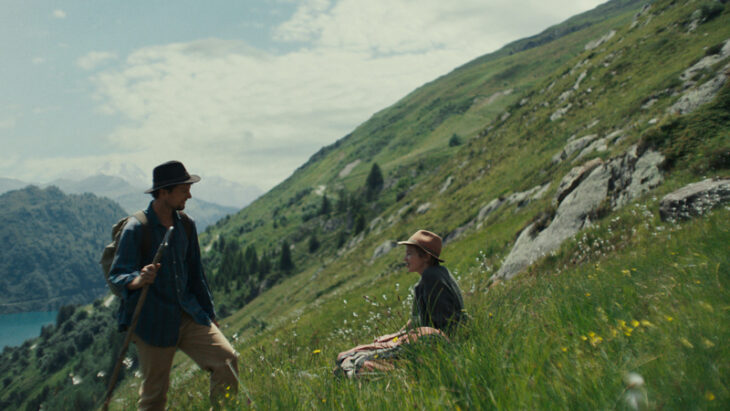







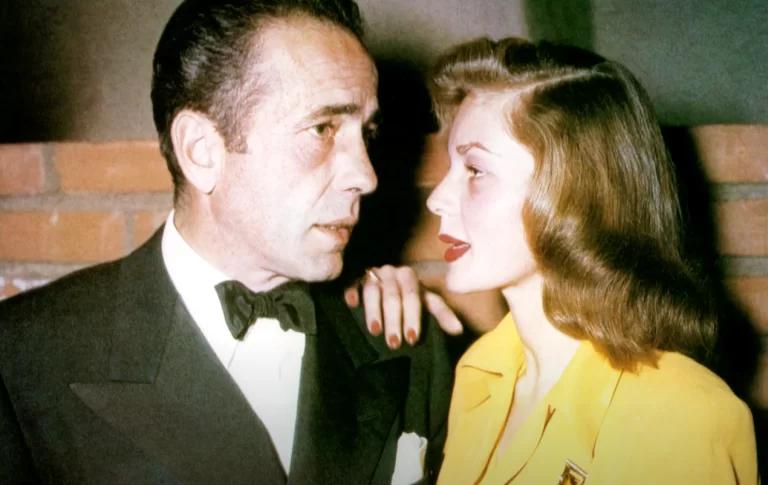


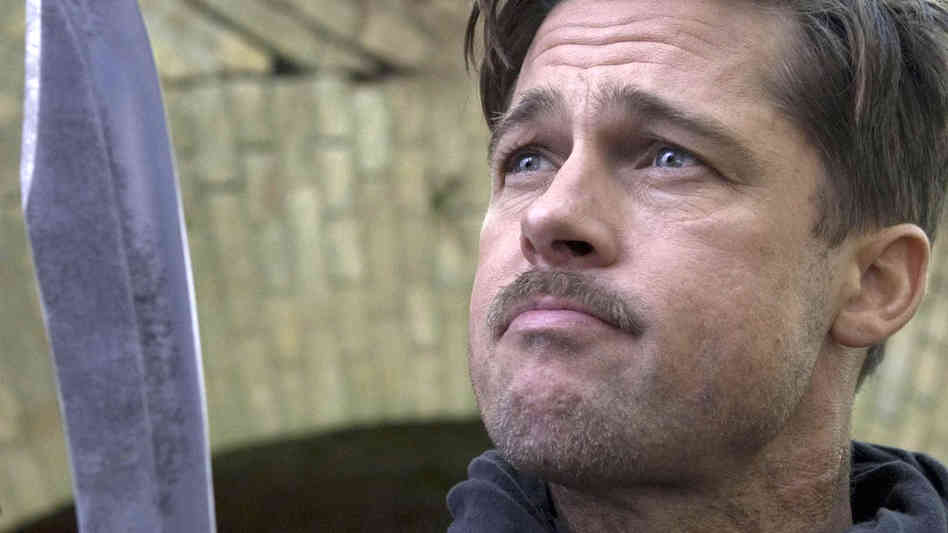
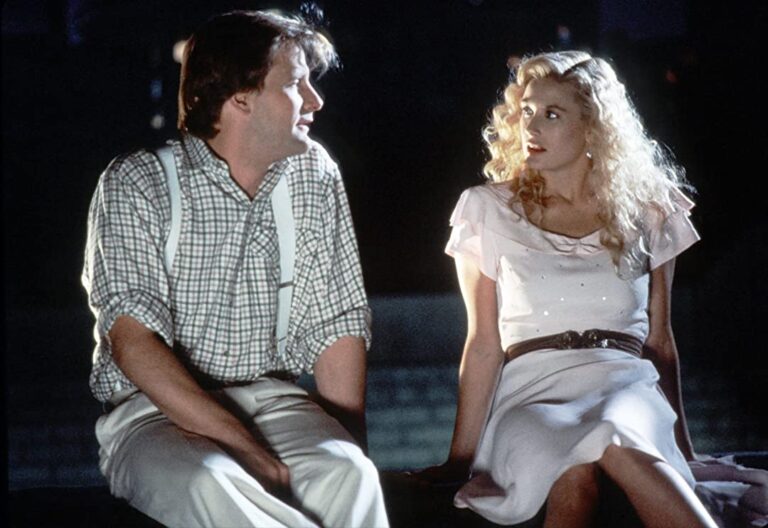


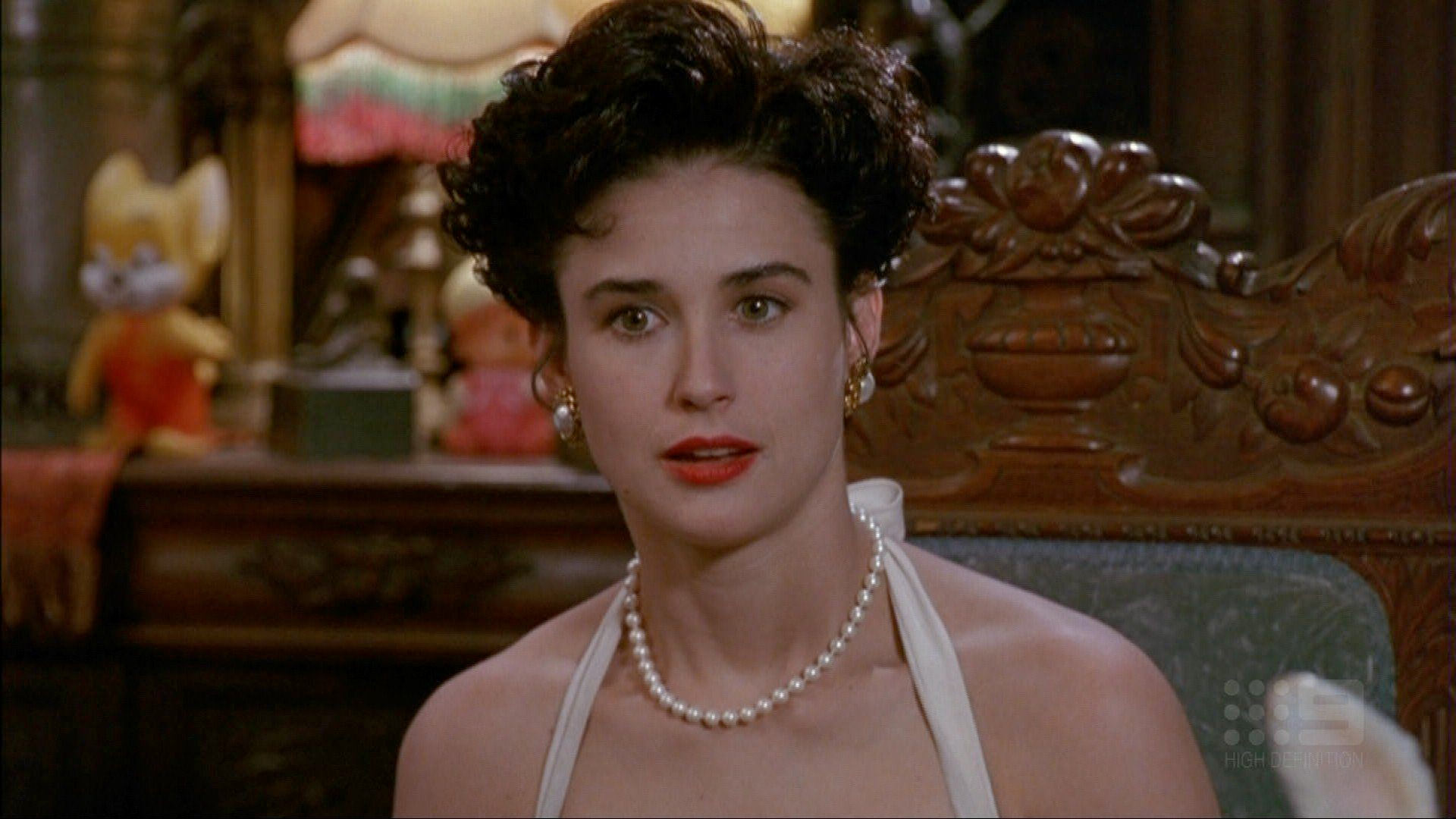
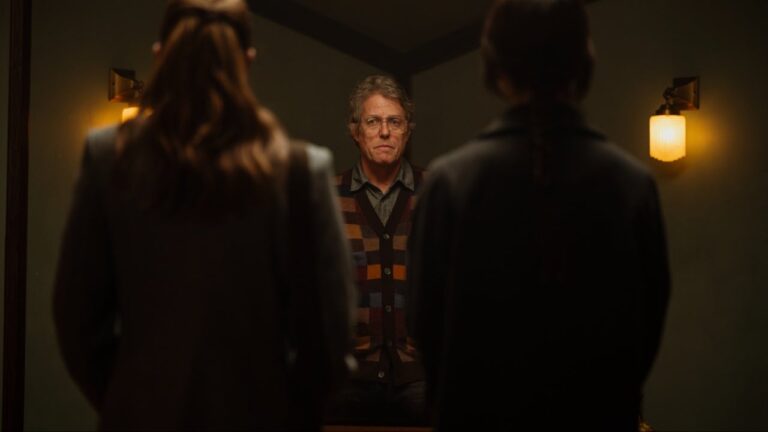
:max_bytes(150000):strip_icc():focal(749x0:751x2)/hugh-grant-heretic-trailer2-062524-97a929f473de4695804aa4cb49c601a6.jpg)
:max_bytes(150000):strip_icc()/Hugh-Grant-Heretic-110124-02-2c73f9215ab248fb81bb2d409d280e9f.jpg)

